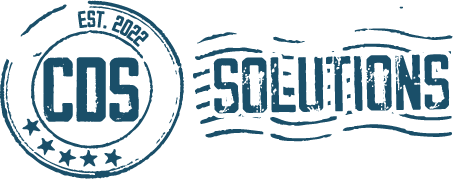Hire and manage employees
Establish a basic payroll structure to help you hire employees. Then, manage employees properly with a general understanding of state and federal labor laws.
Hire and pay employees
Before finding the right person for the job, you’ll need to create a plan for paying employees. Follow these steps to set up payroll:
- Get an Employer Identification Number (EIN)
- Find out whether you need state or local tax IDs
- Decide if you want an independent contractor or an employee
- Ensure new employees return a completed W-4 form
- Schedule pay periods to coordinate tax withholding for IRS
- Create a compensation plan for holiday, vacation and leave
- Choose an in-house or external service for administering payroll
- Decide who will manage your payroll system
- Know which records must stay on file and for how long
- Report payroll taxes as needed on quarterly and annual basis
The IRS maintains the Employer’s Tax Guide, which provides guidance on all federal tax filing requirements that could apply to the obligations for your small business. Check with your state tax agency for employer filing stipulations.
File taxes with employees or independent contractors
Distinguishing between employees and independent contractors can impact your bottom line, or your total revenue once expenses have been deducted. Your bottom line ultimately impacts how you withhold taxes and helps you stay legally compliant during tax season. Learn the differences before hiring your first employee.
An independent contractor operates under a separate business name from your company and invoices for the work they’ve completed. Independent contractors can sometimes qualify as employees in a legal sense. The Equal Employment Opportunity Commission guide breaks things down so you can make a more informed decision.
If your contractor is discovered to meet the legal definition of employee, you may need to pay back taxes and penalties, provide benefits, and reimburse for wages stipulated under the Fair Labor Standards Act.
Plan to offer employee benefits
Healthcare and other benefits play a significant role in hiring and retaining employees. Some employee benefits are required by law, but others are optional.
Required employee benefits
- Social Security taxes: Employers must pay Social Security taxes at the same rate as their employees.
- Workers’ Compensation: Required through a commercial carrier, self-insured basis, or state Workers’ Compensation Program.
- Disability Insurance: Disability pay is required in California, Hawaii, New Jersey, New York, Rhode Island and Puerto Rico.
- Leave benefits: Most leave benefits are optional outside those stipulated in the Family and Medical Leave Act (FMLA).
- Unemployment insurance: Varies by state, and you may need to register with your state workforce agency.
Optional employee benefits
Your small businesses can offer a complete range of optional benefits to help attract and retain employees. Even if a benefit you offer is optional, it might still have to comply with certain laws if you choose to offer it.
Businesses that offer group health plans must comply with federal laws. You can read more about those laws in the Department of Labor’s advisory guide.
Employees can expand coverage through the Affordable Care Act and some may qualify for benefits via the Consolidated Omnibus Budget Reconciliation Act (COBRA). Businesses must extend the option of COBRA benefits to employees who are terminated or laid off.
Retirement plans are a very popular employee benefit. Consider offering an employer-sponsored plan like a 401k or a pension plan. The federal government offers a wide range of resources to aid small business owners in choosing their retirement plan and pension.
Employee incentive programs
Employee incentive programs can boost morale and create more draw for open positions. Common incentives include stock options, flex time, wellness programs, corporate memberships, and company events.
If your budget allows, you may want to consider investing in benefits administration software to make your accounting process easier and more efficient. Detailing these benefits in the employee handbook helps your staff make decisions, and they can use it as a reference for workplace requirements.
Follow federal and state labor laws
Protect workers’ rights and your business by adhering to labor laws, which means you must ensure that business practices align with industry regulations.
This includes learning applicable laws for hiring veterans, foreign workers, household employees, child labor and people with disabilities, among others groups. You must also comply when terminating an employee, laying off workers, or downsizing the company.
Consult the Department of Labor’s federal and state law resources.
